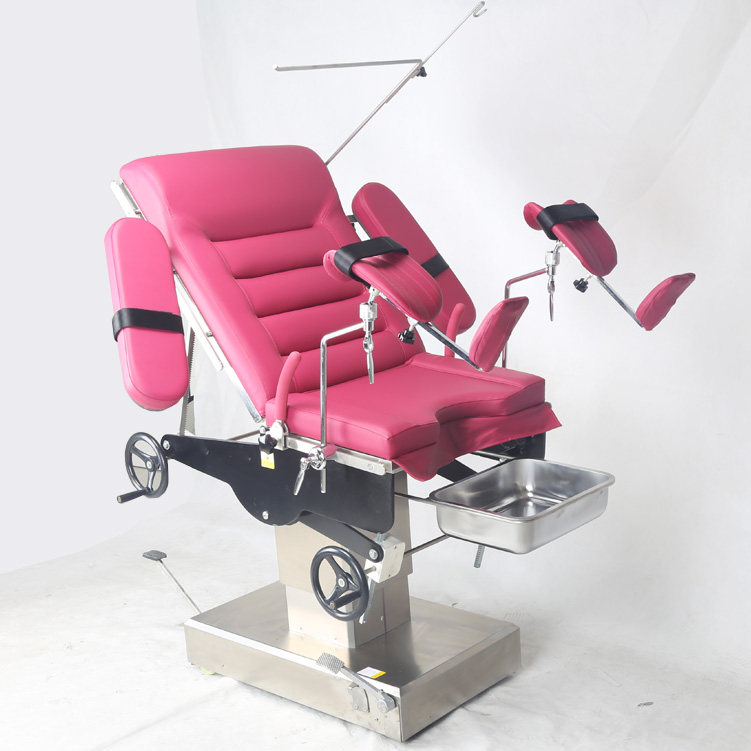To improve the quality of silage, we must pay attention to the following key links. (1) Control of the moisture of silage materials: The moisture content of the crop during silage is one of the key links in determining the quality of silage. It has been proved that the silage of most silage crops is ideal when the moisture content of the silage material is 65% to 70%. If the water content of the raw material is too low, it is not easy to step on the kiln and retain a large amount of air, which is beneficial to the propagation of molds, saprophytic bacteria, etc., and makes the silage rotten and deteriorated; if the water content of raw materials is too high, the concentration of sugar content is reduced, The silage is made sticky and sticky, and it can produce higher acidity. Beef cattle do not like to eat, and their feed intake is reduced. To make the moisture content of silage raw materials meet the specified requirements (ie moisture content of 65% to 70%), first, the silage crops should be harvested in the near future (ie, the whole plant with spiked green corn has 3 to 4 in the lower part of the whole tree) The leaves turn brown; in the case of pure silage cornstalk, when the corn is basically mature, there are more than half of the corn stalks in the leaves.) Secondly, if the moisture content of the raw material is too high, it may be properly air-dried and then stored or properly blended with coarse crushed, crushed hay, etc., to adjust the moisture content; if the raw material has too little water content, the water may be appropriately and uniformly distributed or appropriately mixed with moisture. Lots of green and juicy feed. The proper moisture content should be hand gripping the raw material, and it is better to let the fingers stick out of the water without dropping down. (2) The silage raw material contains a certain amount of sugar: the level of sugar content is the main condition affecting the silage quality. When the raw material has low sugar content and contains many proteins (such as peanut amaranth, soybean stalk, alfalfa grass, etc.), silage alone is not suitable. , It is better to mix silage with raw materials containing many sugars. (3) Quickly install kiln and capping: Once feed silage begins, it is necessary to concentrate manpower and material resources, and cut, transport, chop, and install kiln at the same time. Quickly installing kiln and capping will help shorten the aerobic fermentation time during silage and improve the quality of silage. And to install uniform kiln, pay attention to compaction; cap should be tight, to prevent leakage, breathable.
Gynecological Examining Table is according to market demand to absorb and learn from foreign advanced technology manufacturing ,delivery obstetrics and gynecology ,gynecological examination ,diagnosis, surgery ,emergency caesarean section and general gynecological surgery, including multi-functional Operating Table.The product of lift ,front and rear tilt ,on the backplane under the fold by the hand-held micro manipulator manipulate.The power system adopts imported linear motor, low noise, performance implicit, beautiful appearance, easy to clean.
Gynecological Examining Table Gynecological Examining Table ,Gynecology Examination Tables,Gynecology Examination Beds,Economical Gynecology Table Shandong Kang'erjian Medical Technology Ltd. , https://www.operatingtable.nl